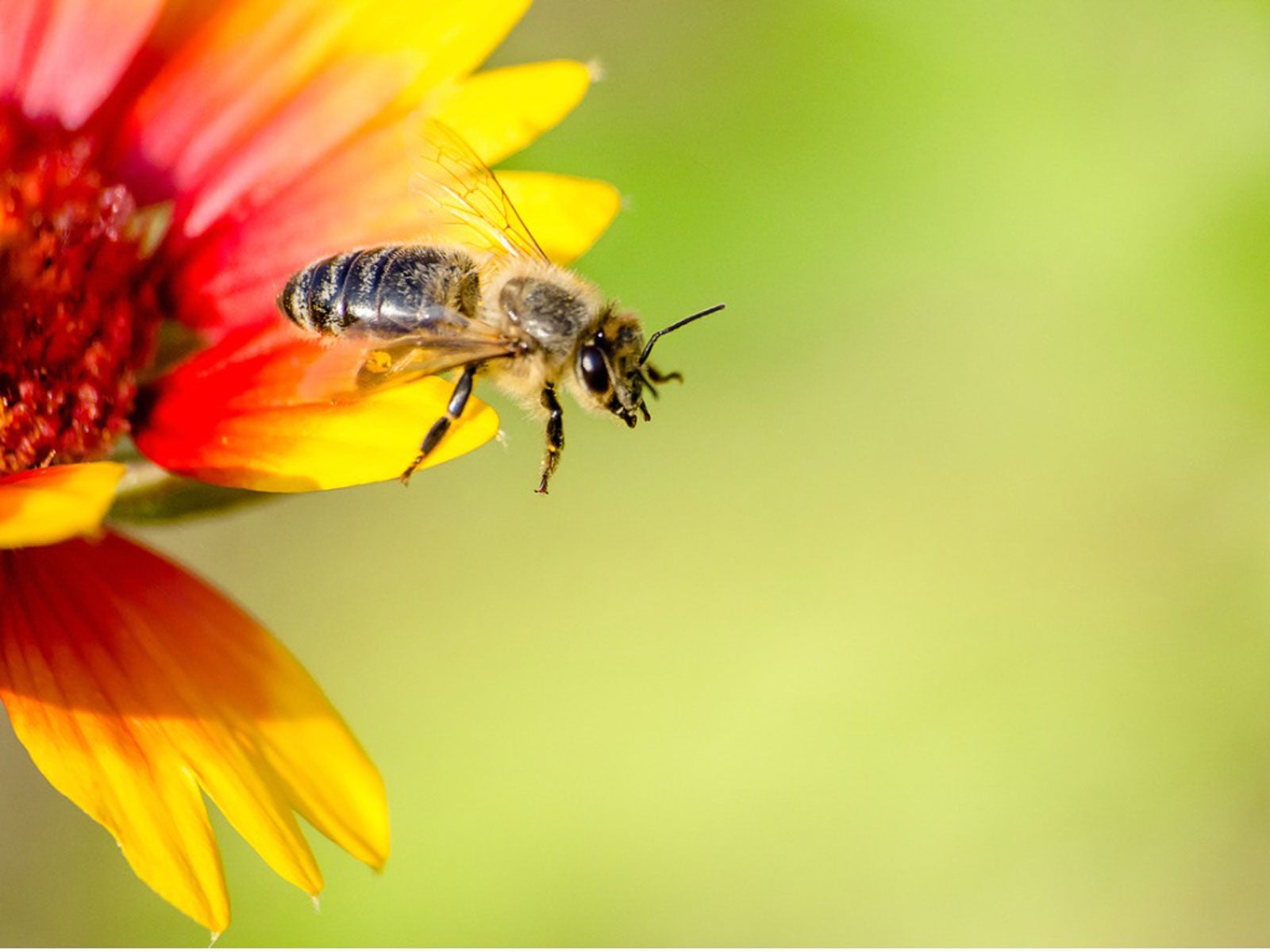Why Plants Have Bright Colored Flowers - Flower Color Significance


Bright colored flowers make our gardens bright and beautiful. Why do plants have bright colored flowers though? What is the flower color significance? A lot of it has to do with the process of flower pollination.
Flower Pollination
Pollination is an important part of a plant's life cycle. Before flowers can produce, they must be pollinated. Without flower pollination, most plants could not produce fruit or set seeds. Bees are the best-known pollinators, making their presence in the garden extremely important. Honeybees carry out more pollination than any other insect, which includes ants, beetles, butterflies, and moths. Nearly eighty percent of all crop pollination comes from honeybees. Birds, especially hummingbirds, are also responsible for flower pollination as are small mammals, such as bats.
The Process of Flower Pollination
Roughly seventy-five percent of all flowering plants require the help of pollinators to move pollen from plant to plant. This process occurs when pollen, produced in the plant's male reproductive organ (stamen), is exposed to the pistil found within the female's reproductive part. Once pollination takes place, seeds begin to develop. The process of flower pollination begins when an insect, such as a bee, in search for food settles on a flower. The bee on a flower sips nectar from it while pollen sticks to its body. As the bee flies off in search for more food, it settles on a new flower, and in the process, pollen from the last flower rubs off onto the new one. With each landing of a bee on a flower, pollination occurs.
Flower Color Significance
Plants have a number of different means to attract pollinators, with bright, showy colors being one of the most common ways to maximize their visual effect. Flowers, in essence, are attention getters. They are like advertisement signs for pollinators. In order for plants to entice pollinators, they must first offer their favorite foods: nectar and protein. Since most pollinators fly, the colors of a flower must attract them, therefore, the brighter the flower, the more likely it will be visited. Flower color significance also depends on the specific pollinator. For instance, bees are attracted to bright blue and violet colors. Hummingbirds prefer red, pink, fuchsia, or purple flowers. Butterflies enjoy bright colors such as yellow, orange, pink, and red. Night-blooming flowers take advantage of pollinators active at night, like moths and bats. Since they don't see colors, these flowers are not as colorful. Instead, the flower's fragrance attracts these pollinators. If you've ever pondered the question of why flowers have bright-colored flowers, it's simply a means of attracting much needed pollinators for flower pollination to occur.
Sign up for the Gardening Know How newsletter today and receive a free copy of our e-book "How to Grow Delicious Tomatoes".

Nikki Tilley has been gardening for nearly three decades. The former Senior Editor and Archivist of Gardening Know How, Nikki has also authored six gardening books.